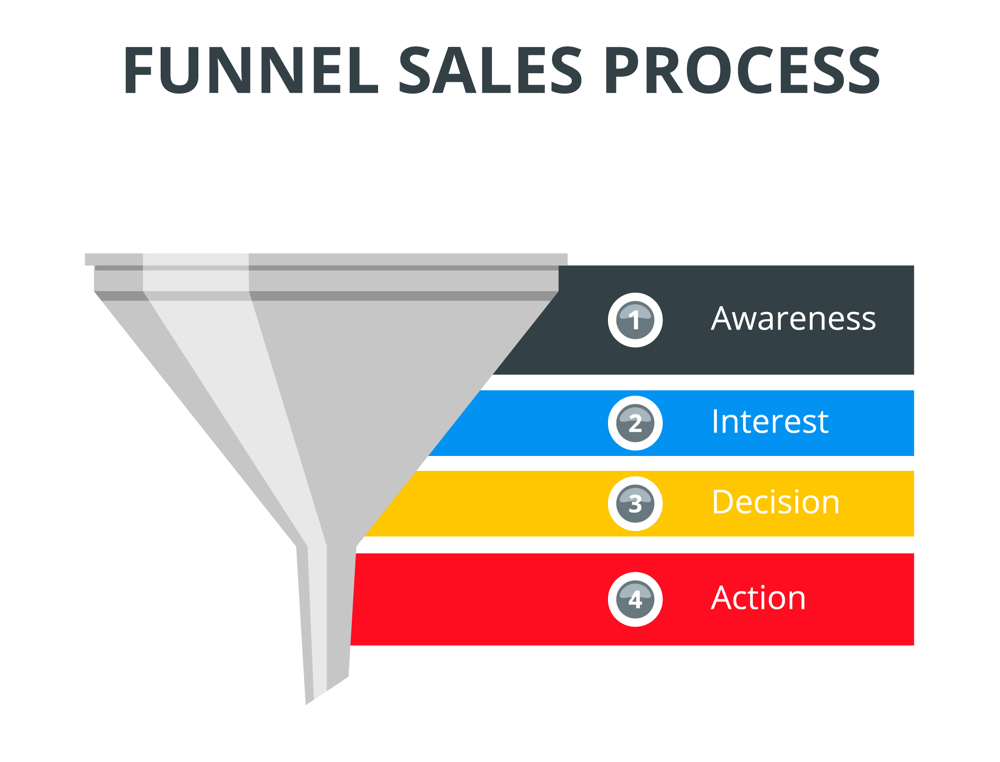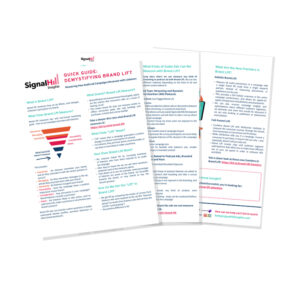You may be reading this because you’ve heard the term “brand lift” and are looking to understand more about what it is, how it works, and what it measures. Another term that sometimes gets used is, “brand health.” They’re sometimes used interchangeably, but “brand lift” is more commonly used for ad effectiveness.
Let’s get into defining “brand lift,” first by unpacking these two simple words.
What Does “Lift” Mean, Anyway?
When it comes to ad effectiveness there are many kinds of “lift,” so it’s important to distinguish “brand lift” from any others. There actually isn’t any sort of generic lift – we’re always measuring lift in something. Of course, this begs the question, what does “lift” mean?
When assessing the effectiveness of an audio ad campaign, “lift” means you’re measuring positive changes that you can connect to someone having been exposed to the campaign itself. For example, your brand might be introducing a new messaging tagline in a campaign across podcasts and streaming, and you want to know if it’s making any impact in the marketplace.
Measuring lift would mean finding out if listeners who heard your ad actually remember the message and associate it with your brand more than those who did not hear your campaign. If it turns out that listeners exposed to your campaign are more likely to make that association, then we can say the ads resulted in a lift in message association. Here, “message association” is the metric we’re examining.
The Brand is Central to Brand Lift
This is a classic example of brand lift in action. In this use, “brand” refers to the elements of branding, answering questions like:
- Are listeners aware of a brand? (brand awareness)
- Do they have a favorable opinion of a brand? (brand favorability)
- Do they associate a specific message with a brand? (message association)
- Are they considering a brand? (brand consideration)
- Are they likely to purchase a brand? (purchase intent)
These are often referred to as “upper funnel” metrics, where the funnel is a metaphor for the consumer journey. At the wide top of the funnel a consumer first becomes aware of a brand, and that relationship becomes stronger as they journey through, becoming more favorable and then likely to purchase. That all happens at the top, cup-like portion of the funnel, and is measured by brand lift.

Lower-funnel metrics are when consumer sentiment leads to action – for instance, when a listener moves from considering a brand to actually going to the brand’s website and ultimately making a purchase. These actions are not measured by brand lift, but by attribution methods.
Why Should You Use Brand Lift?
You want to use brand lift whenever you need to know how a campaign is affecting listeners’ sentiment about a brand. Because of this, the method is focused on ad creative, and how the overall messaging is performing.
Not surprisingly, this means brand lift is most frequently used for branding campaigns, which are not necessarily performance driven. That is, campaigns focused on affecting how consumers perceive and think about a brand, but not necessarily connecting directly to an immediate action, like visiting a website or using a promo code on a purchase.
There’s no clear line between brand and performance campaigns, and there’s definitely a fuzzy middle ground. The same goes for the advertisers, too. We often think that big consumer brands, like you see in the supermarket, primarily run brand campaigns, while direct-to-consumer (DTC) and Direct Response (DR) brands lean on performance. But there’s nothing ironclad about this.
DTC and DR Brands Can Benefit from Brand Lift, Too
In fact, DTC and DR brands often find they can use the insights offered by brand lift, especially as they mature. When a direct brand starts out they often see sales grow steadily in tandem with their ad spend – reaching more listeners results in more sales. But at some point they can reach a plateau, where they’re reaching a sizable share of their target market, and the most engaged consumers have already converted. Yet, there’s probably another sizable segment of the audience that is nearly ready to buy, but the messaging isn’t quite hitting the mark for them.
Brand lift lets performance marketers put a microscope on their ad copy and messaging, helping to understand why some listeners respond, and why others don’t. It illuminates the upper-funnel to see where listeners are getting stuck – what’s blocking them from going from being aware of a brand to being more favorable, or moving to consider a purchase.
Next Up: How To Measure Brand Lift
This is the first in a series of four posts dedicated to brand lift. Next, I’ll explain how you actually go about measuring brand lift.
For those looking to grab a top-notch summary document around all things Brand Lift Study – look no further! Download our 3-page Quick Guide that helps demystify how brand lift works and how it can help you.





